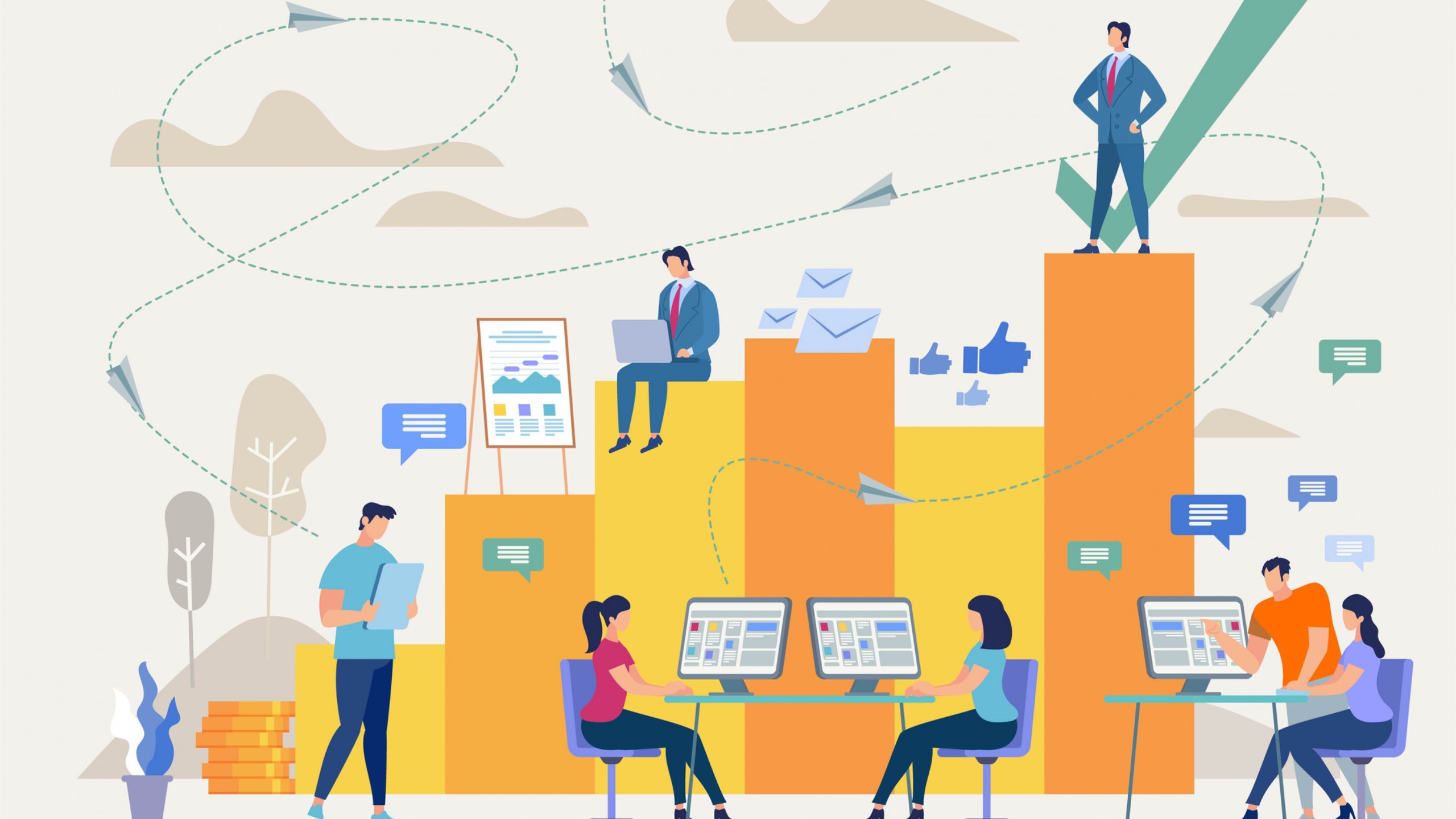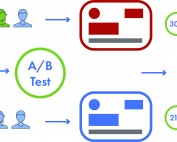What is media monitoring?
What was once a literal cut-and-paste job – where staff scoured newspapers and magazines with scissors in order to cut out articles and paste them into physical clipbooks – is now a modern practice dominated by the Internet.
Media monitoring is the process of routinely reviewing media outlets in search of pieces of information mentioning particular names, keywords, or topics. In other words, agencies such as Direct Development use media monitoring to track and analyze our client’s online performance and coverage. We sift through traditional media and outreach forms such as television, radio and print to discover mentions of our clients, but coverage could also come in the form of social media, review sites like Yelp and email newsletters.
Think of media monitoring as listening: keeping your eyes and ears open to the 24/7 conversation around you or your client. The benefits of coverage tracking range from brand perception to risk mitigation and beyond. Media monitoring can help you collect information like how many times a specific keyword is mentioned, perception of your company, estimated reach of coverage, and trending hashtags to help you boost brand visibility and reach new audiences.
Why do I need to track coverage?
Tracking the coverage of a company, marketing campaign, products, services, or even competitors can grant deeper insights to inform future campaigns and improve your client’s message. Understanding which messages resonate with your customers is a key return with monitoring.
In public relations, pieces of relevant data collected by a media monitoring platform can give valuable insight into the public perception of your client. You will know what, where, and who is talking about your company and how the content changes over time. This will help you assess the performance of your marketing campaigns, understand your target audience better, and help you determine benchmarks for future successes.
By monitoring yourself or a client, you are in control of the narrative around each brand, and you will know how earned media outlets describe your company. The process simultaneously helps you identify journalists who often write about your market and influencers with large followings – keep them in mind for future targeted outreach.
What media monitoring tools can I use?
An abundance of free and premium media monitoring tools exist online – some include automated softwares while other options only require an Excel spreadsheet and some time set aside for monitoring each week.
Sophisticated tools – such as Sprout Social or Cision – can collect every mention in real-time and provide a dashboard for you to access and review when needed.
If you can’t afford a robust media monitoring service, fear not! The same task can be manually done by inputting article links into a basic Excel or Google spreadsheet. In today’s digital 24-hour world, last night’s news is already old news. Setting up Google Alerts for news mentions can help you stay up-to-the-minute in protecting your brand.
Be thoughtful about the keywords you choose to monitor – these should include your brand name, your product or service name, your branded hashtag, related hashtags or phrases, and even the names of well-known employees.
And remember: don’t forget to spread the insights you glean from media monitoring across your organization! Whether you create a customizable media monitoring report or dedicated Slack channel, make sure that your colleagues get the news they need.









